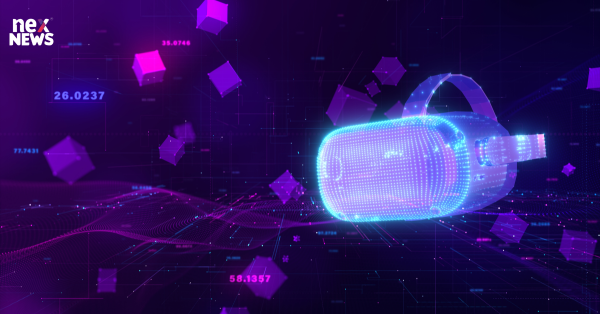This virtual expanse is slated to encompass diverse metaverses, each catering to specific interests, whether it's immersive gaming adventures or sporting spectacles. One of the forerunners in this futuristic landscape is Meta, envisioning a 3D social media platform infused with AI-driven messaging personalized for every user. However, the metaverse isn't confined to mere entertainment; it aspires to be a multifaceted hub, amalgamating information, entertainment, and work, presenting a potential evolution of the very fabric of the internet.
Metaverse Buzzwords
The hallmark of the metaverse lies in its immersive capabilities, distinguishing it from the current tech panorama. Envision a scenario where history isn't just read but witnessed virtually, or a basketball game is experienced in a 360-degree auditory spectacle, transcending the confines of a standard TV set. The metaverse offers the potential to attend conferences virtually and engage with other attendees, blurring the line between physical and virtual realities.
Navigating the Metaverse Lexicon
Understanding the inner workings of the metaverse can be perplexing as it continues to evolve. However, its advent promises to revolutionize human connections, work dynamics, leisure experiences, and even travel opportunities.
Mirror World
At its core, the metaverse presents 3D environments accessible through headsets, glasses, and connected watches. This digital world acts as a mirror to reality while also carving out a new universe where innovative scenarios unfold, creating an advanced reality. Experts have coined this digital replica of reality as the "mirror world."
Digital Twins
A pivotal aspect of the metaverse is the concept of a digital twin—an online representation of an individual, free to mimic their physical characteristics or adopt an entirely different form. Avatars serve as conduits to this immersive experience, shaping interactions within the metaverse.
Mixed Reality
The integration of Mixed Reality (MR) technology, a fusion of Virtual Reality (VR) and Augmented Reality (AR), achieves complete immersion within the metaverse. Users can seamlessly interact with both virtual and physical objects, blurring the boundaries between the real and the digital. VR transports users into a digitally generated world via specialized glasses or helmets, delivering a comprehensive sensory experience. On the other hand, AR overlays digital images and graphics onto the real world, as demonstrated by the popular game Pokémon Go.
Blockchain
Blockchain technology serves as a linchpin for transactions within the metaverse, establishing a secure and transparent framework. A blockchain is essentially a network of computers collectively managing a shared database. Once a record is in the chain, altering it becomes exceedingly challenging, ensuring data integrity. This decentralized network consistently verifies that all copies of the database remain identical, promoting a sense of trust and security within the metaverse.
Non-Fungible Tokens
Non-fungible tokens (NFTs) have emerged as a driving force behind the metaverse's expansion, introducing a novel form of virtual asset. These intangible, digital items encompass a spectrum of possibilities, ranging from images and videos to in-game objects. Recorded on the blockchain, NFTs represent ownership of these digital assets, enabling their trade. Some view these assets as cultural collectibles, while others perceive them as prudent investments, underscoring the diverse facets of the metaverse.
